K8VHA Pro BIOS
The performance of any motherboard is dictated by a number of factors. Chipset implementation and the quality of the BIOS being two. AMD's on-die memory controller has, for the most part, taken absolute performance away from the motherboard manufacturers. What they can do, though, is to ensure that their respective BIOSes make the optimum use of DRAM timings and features.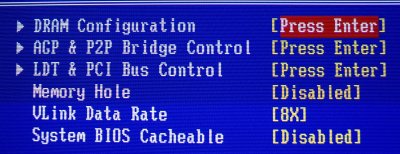
We skip straight to the DRAM screen for the unfortunate reason that the Biostar K8VHA Pro does not feature any voltage manipulation whatsoever. That assertion is correct at the time of writing but may change with subsequent BIOS releases. Not only does this deter the enthusiast, it also puts a large dampener on overclocking in general. You can only go so far on default or near-default voltage.
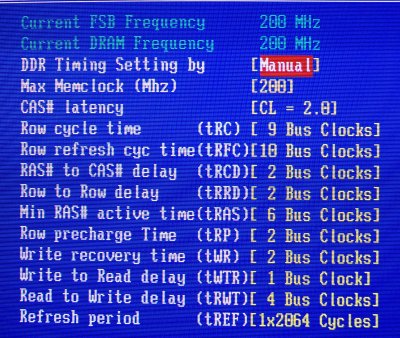
However, the K8VHA Pro does make some form of amends in the DRAM settings section. Our initial look at the Athlon 64 and associated chipsets highlighted that manufacturers, initially at least, wanted to focus on stability before performance. DRAM timings were locked out. We managed to run 2 x 256MB of Corsair XMS3500C2 at the latencies shown above. The settings were verified by CPU-Z (v1.19b). An on-die memory controller is a powerful performance tool, but if the user can further lower overall RAM latencies with tight, manual timings, so much the better. You'll see that performance was excellent. The maximum memory clock can be set to either the preferred 200MHz or 166MHz, 133MHz and even 100MHz. The CPU's 'FSB' speeds range from 200MHz to 250MHz, giving a maximum CPU clock of 2500MHz.
A quick word on the LDT (Lightning Data Transport or HyperTransport as it is now known). VIA like to advertise that its solutions carry the full 6.4GB/s available bandwidth between CPU and chipset.
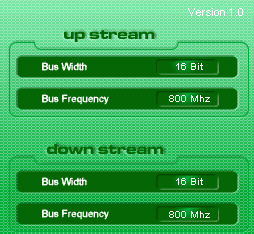
That does seem to be the case, according to VIA's HyperTransport Analyzer. A full 16-bit width with 800MHz in each direction. What we must remember is that the LDT buslink only exists between the CPU and K8T800 North Bridge. VIA's slower 533MB/s V-Link connects the respective bridges, unlike NVIDIA's single-chip solution that attaches directly on to the CPU.
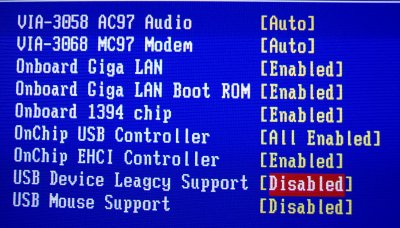
A decent array of features, all of which are toggled from within BIOS. Features-wise, there isn't all that much we could have asked for. Perhaps the VIA Vinyl Gold Audio 7.1 ?. The VT8237 also features on-chip SATA support that offers RAID in various formats. It's managed via an easy-to-use GUI just before the OS loads.
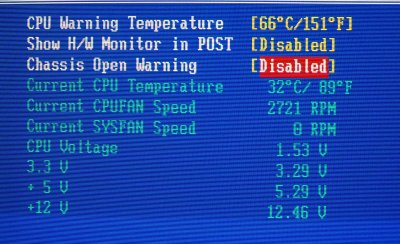
The features count may be impressive but the hardware monitoring section is substandard. What we do see is that although this VIA K8T800-based motherboard doesn't feature voltage manipulation, it does have a strong Vcore line. 1.53v, in BIOS, is above default voltage by at least 0.05v. There's no reporting for DDR, chipset or AGP voltages, presumably because they can't be changed. We'd fully urge Biostar to release a newer BIOS that gave the user some degree of voltage control. It appears as if it's aimed squarely at the OEM sector. The BIOS would get a thumbs down if it hadn't been for the excellent DRAM timings section.









